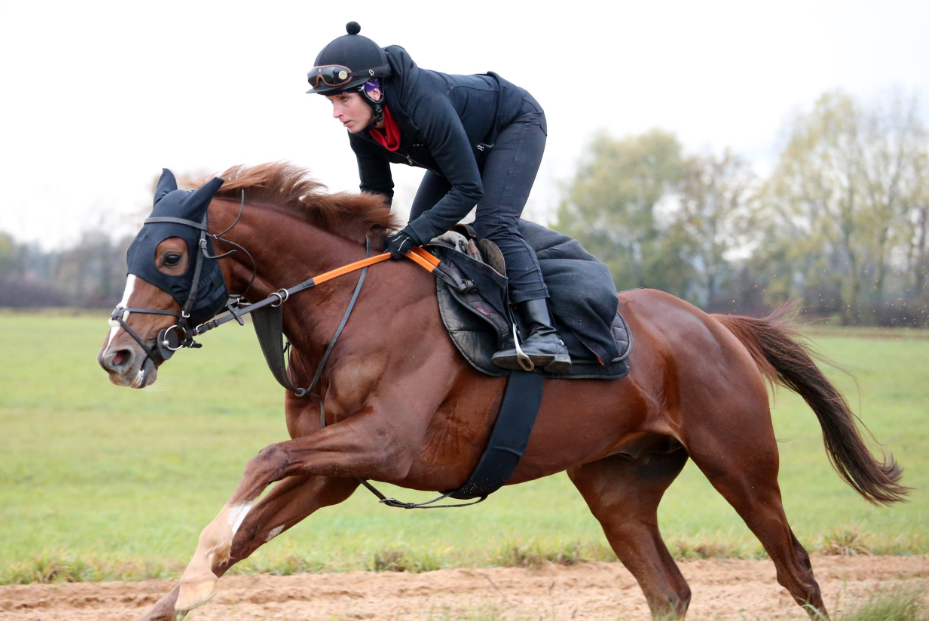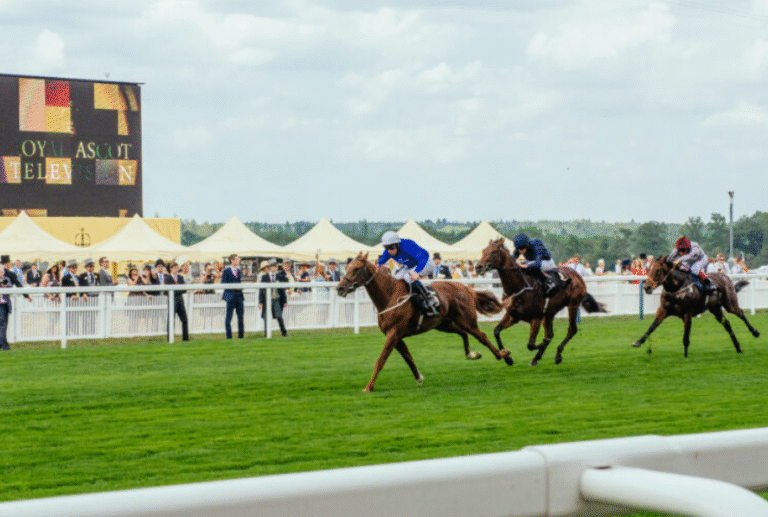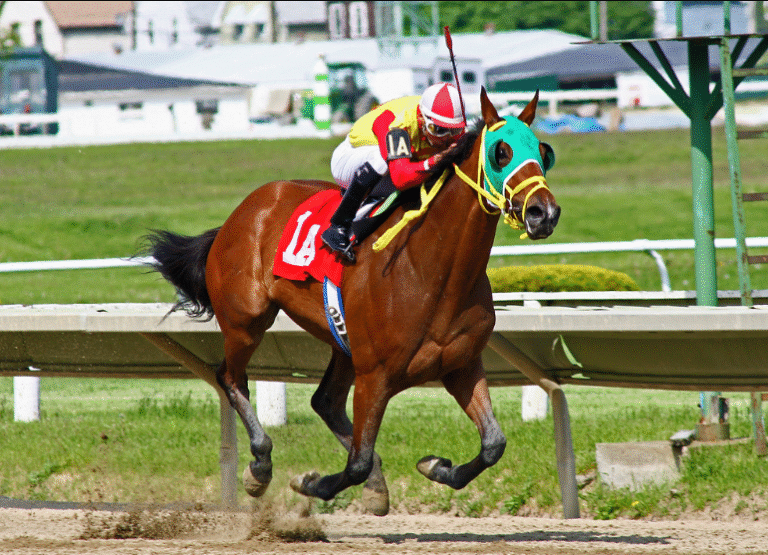The Science Behind Horse Racing Injuries: Prevention and Recovery

The complexities of horse racing injuries reveal a pressing need for rigorous analysis and proactive measures. Understanding the common injuries and their underlying causes is essential for trainers and veterinarians alike. By exploring effective prevention strategies and recovery methods, the racing community can enhance the welfare of these athletes. The implications of these findings extend far beyond the racetrack, prompting a closer examination of how science shapes the future of equine sports.
Common Types of Injuries in Racehorses
Racehorses, like elite athletes in any sport, are susceptible to a variety of injuries that can significantly impact their performance and well-being.
Common types of injuries include muscle strains and joint injuries, both of which can hinder a horse’s ability to compete effectively.
Understanding these injuries is crucial for trainers and caretakers to foster recovery and maintain the freedom of movement essential for racing success.
See also: The Role of Owners in Horse Racing: What Do They Do and How Do They Profit?
Factors Contributing to Horse Racing Injuries
Injuries in racehorses can often be traced back to a combination of physical, environmental, and training factors.
The track surface plays a crucial role, as inconsistent or unsuitable surfaces can increase injury risk.
Additionally, high training intensity may strain the horse’s musculoskeletal system, leading to fatigue and susceptibility to injuries.
Understanding these factors is essential for fostering the welfare of racehorses in competitive environments.
Preventative Measures for Reducing Injury Risks
While injury prevention in horse racing is complex, implementing targeted strategies can significantly reduce risks associated with racing and training.
Adopting structured training protocols tailored to each horse’s capabilities is essential, alongside ongoing evaluation of their performance.
Additionally, nutrition optimization plays a crucial role in maintaining overall health, enhancing recovery, and supporting muscle development, thereby mitigating the likelihood of injuries during competition and training.
Recovery Strategies for Injured Racehorses
Effective recovery strategies for injured racehorses are critical to their rehabilitation and return to competitive performance.
Comprehensive injury management involves tailored rehabilitation techniques, including controlled exercise regimens, physiotherapy, and nutritional support.
These strategies not only promote healing but also enhance overall well-being, fostering a sense of freedom and agility in the horses as they transition back to the racetrack.
Conclusion
In conclusion, understanding the intricacies of horse racing injuries is paramount for ensuring the well-being and longevity of these magnificent athletes. By implementing targeted prevention strategies and comprehensive recovery protocols, trainers can significantly reduce injury risks and enhance performance. As the saying goes, “An ounce of prevention is worth a pound of cure,” and in the world of racehorses, this truth resonates profoundly, underscoring the imperative of prioritizing their health and welfare for a thriving racing future.



